Improving maternal, infant and young child nutrition expands opportunities for every child to reach his or her full potential.
Child Malnutrition
Stunting is the result of chronic or recurrent undernutrition in-utero and early childhood. Children suffering from stunting may never reach their full possible height nor their full cognitive potential. Stunted children not only earn less as adults as a result of less schooling and learning difficulties when in school, but they are also more likely to be at risk of overweight and obesity than children of normal height.
Wasting is a life-threatening condition attributable to poor nutrient intake and/or disease. Characterized by a rapid deterioration in nutritional status over a short period of time, children suffering from wasting have weakened immunity, increasing their risk of death due to greater frequency and severity of common infection, particularly when severe.
Nearly half of all deaths in children under 5 are attributable to undernutrition but the face of malnutrition, in all its forms, is rapidly changing, with childhood overweight an escalating epidemic of global proportions. Overweight is the result of a growing number of children living in obesogenic environments with greater availability of processed foods and a more sedentary lifestyle.
For more, click here.
Women’s nutrition
A woman’s nutritional status is a powerful barometer of her and her children’s well-being. A well-nourished woman tends to be healthier and has better cognitive abilities and physical strength that enable her to participate actively in family and public life. A well-nourished woman is also more likely to have well-nourished children. Unfortunately, many women worldwide face triple threats of undernutrition, micronutrient deficiencies, and overweight. 30 per cent of women aged 15-49 have anaemia, 10 per cent of them suffer from underweight, and over 35 per cent of them are overweight, of which 13 per cent are living with obesity.
For more, click here.
Infant and young child feeding
What, when and how children are fed, particularly in the first two years of life, is critical to health, development and survival. The early initiation of breastfeeding – putting newborns to the breast within the first hour of life – is critical to newborn survival and to establishing breastfeeding over the long term. Feeding infants nothing but breastmilk for the first six months of life, exclusive breastfeeding, is the safest and healthiest option for children everywhere and has great potential to save lives. Starting at 6 months of age, children’s nutrient needs are greater than what breastmilk alone can provide. Feeding children solid, semi-solid or soft foods from 6 months of age is key to prevent deficiencies that could result in undernutrition. Diets that meet at least minimum frequency and diversity standards are essential to preventing micronutrient deficiencies, stunting and wasting.
For more, click here.
Micronutrient deficiencies
Micronutrient deficiencies are caused by inadequacies in intake of one or more vitamins and minerals essential for the prevention of malnutrition in all its forms and reducing the prevalence of disease especially during pregnancy and early childhood. Iodine deficiency, for example, the world’s most preventable cause of impaired cognitive functioning, can lead to a variety of health and developmental consequences, including stunting and intellectual disability. For children living in countries where under-five mortality is high and vitamin A deficiency is a public health problem, vitamin A supplementation provides vital protection from blindness and decreases their risk of dying from preventable causes such as measles and diarrhoea.
For more on Iodized Salt consumption, click here, and for Vitamin A supplementation programmes, click here.
Low birthweight
To grow a healthy baby, mothers need good nutrition and rest, adequate antenatal care, and a clean environment. Together, these ingredients for a healthy pregnancy can help to prevent, identify and treat the conditions that cause low birthweight. A newborn’s weight at birth is an important marker of maternal and fetal health and nutrition. Low birthweight newborns have a higher risk of dying in the first 28 days of life. Those who survive are more likely to suffer from stunted growth and lower IQ. The consequences of low birthweight continue into adulthood, increasing the risk of adult-onset chronic conditions such as obesity and diabetes.
For more, click here.
Resources



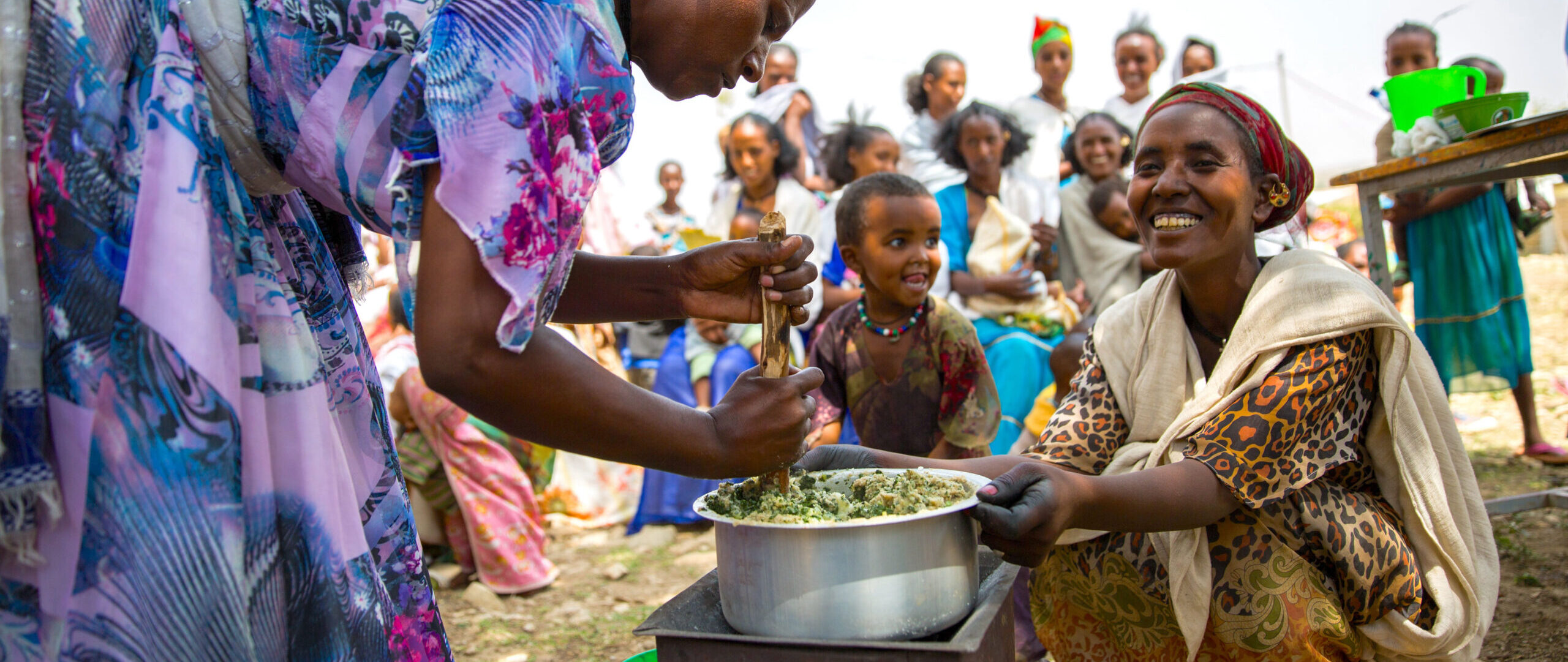

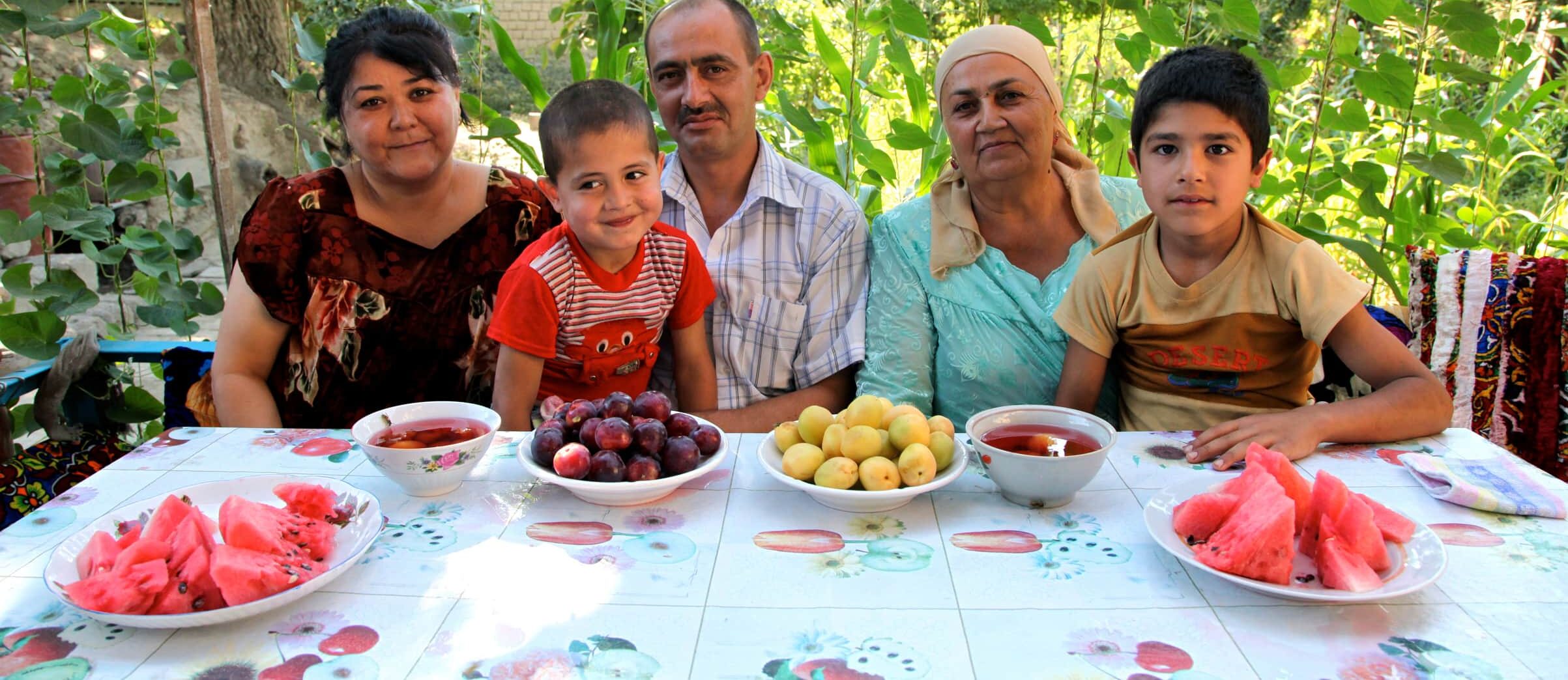

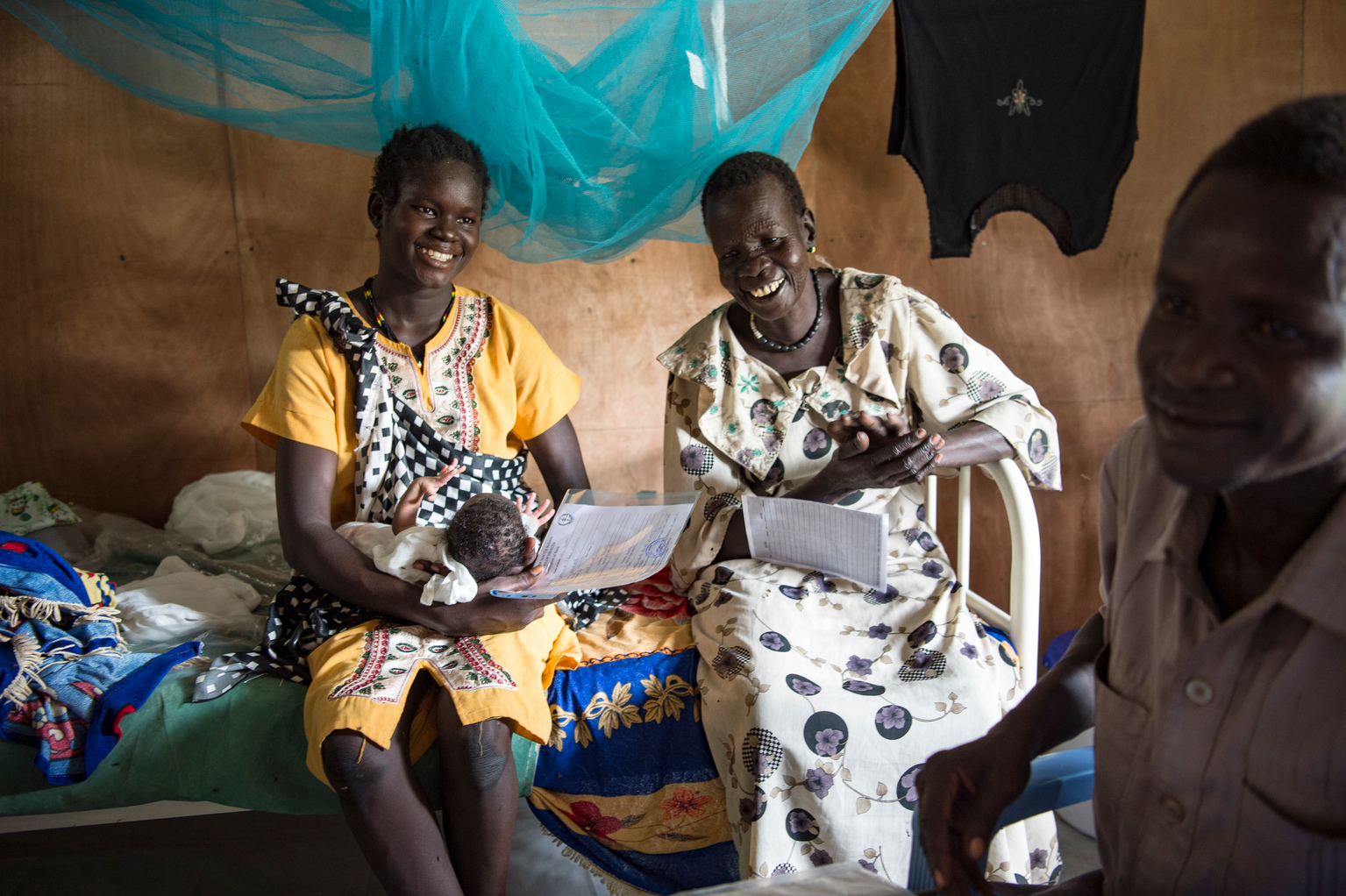


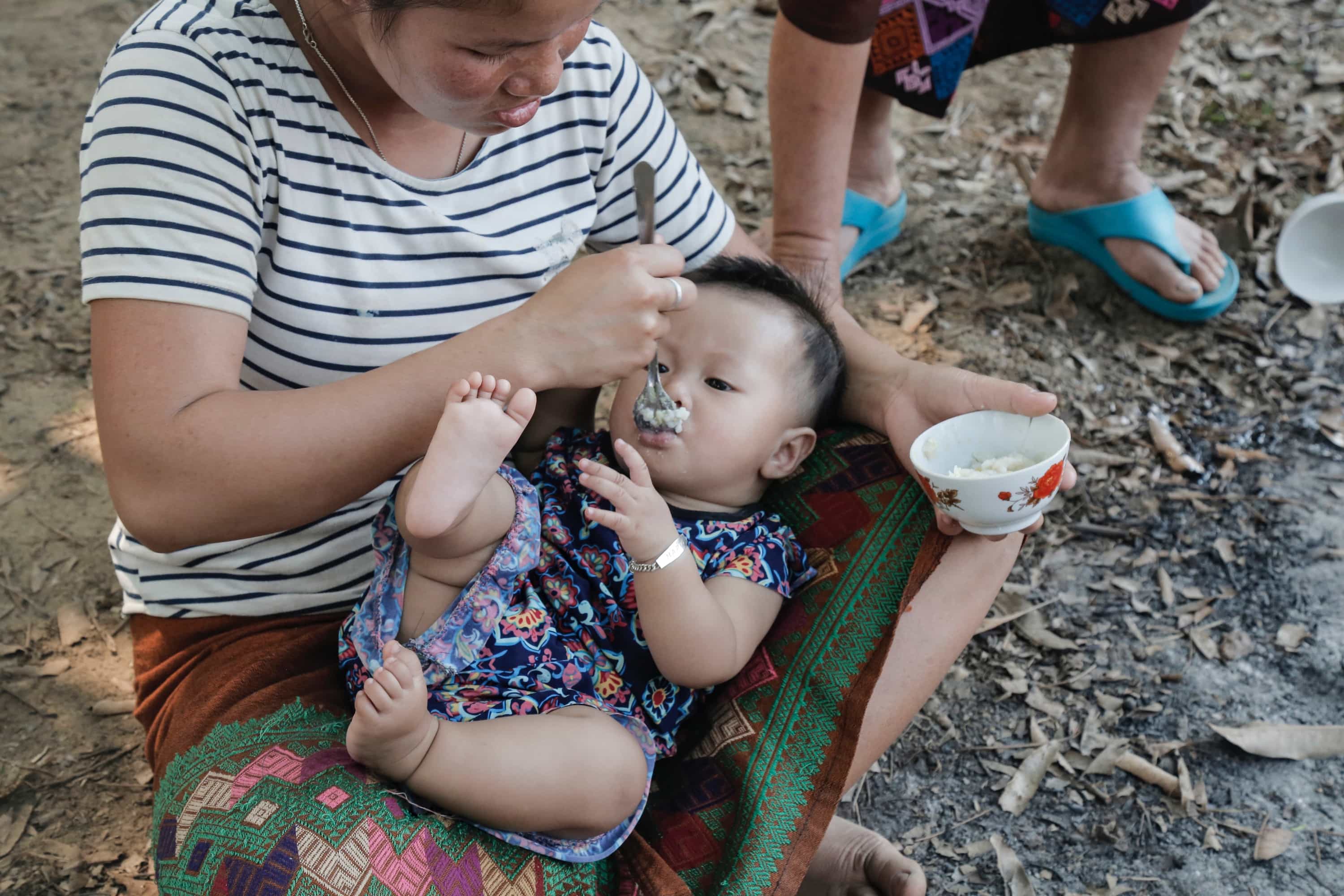
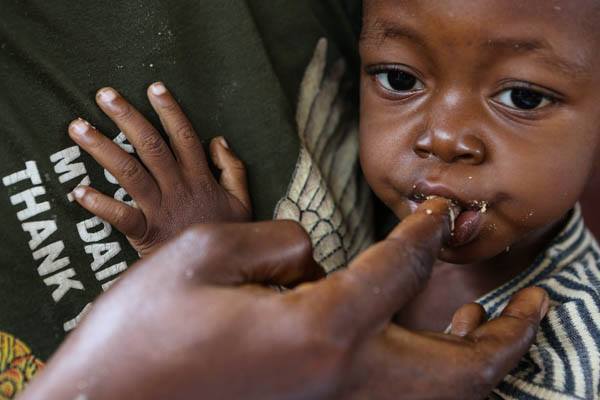

Databases
Our monitoring work on nutrition involves data compilation and analysis, data collection, methodological work and data dissemination for a set of core indicators related to nutritional status, optimum nutrition practices and intervention coverage.
The following is a list of available databases:
- Infant and young child feeding: Percentage of infants who are put to the breast within one hour of birth; percentage of children aged 0–5 months who are exclusively breastfed; percentage of children aged 6–8 months who received solid, semi-solid or soft foods; percentage of children aged 6-23 months fed with a minimum meal frequency, minimum diet diversity and minimum acceptable diet.
- Malnutrition: Percentage and number of stunted, wasted and overweight children under 5 years of age.
- Iodized salt consumption: Percentage of households consuming salt with any iodine.
- Vitamin A supplementation: Percentage of children aged 6–59 months that received two high-dose vitamin A supplement in a calendar years.
- Low birthweight: Low birthweight prevalence and prevalence of newborns without birthweight data.
Primary sources of data include nationally representative household surveys, as well as administrative and vital registration data. Before entry into our databases, each point undergoes a rigorous data quality assurance review process. The data are disaggregated to the extent possible (sex, urban-rural residence, household wealth quintiles) and are internationally comparable and statistically sound. In many cases, reanalysis of raw data is required to ensure adherence to the standard definition, especially for time series. UNICEF has been working with WHO and The World Bank to issue joint estimates on Child Malnutrition at the regional and global level.
